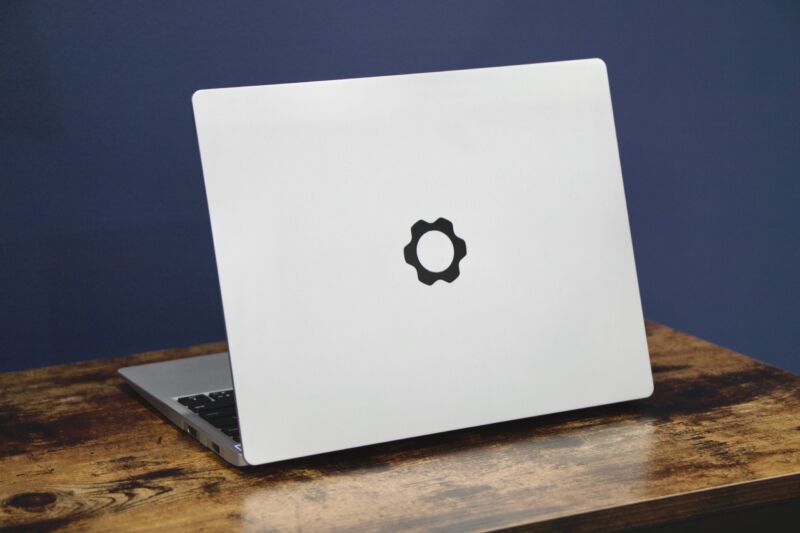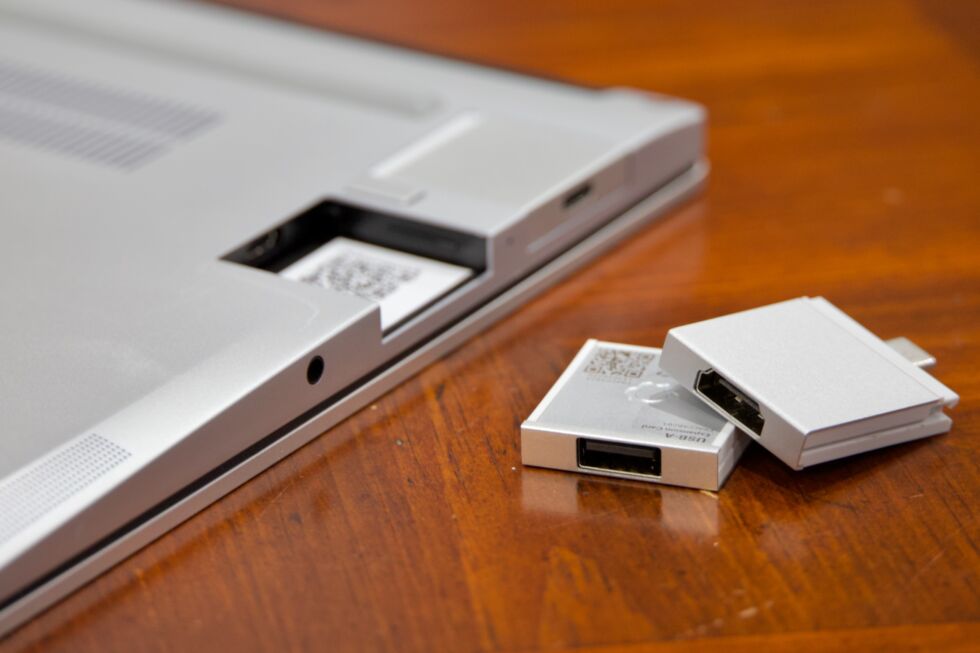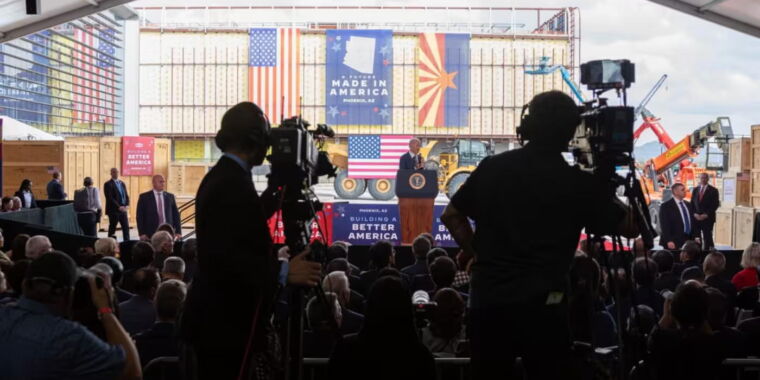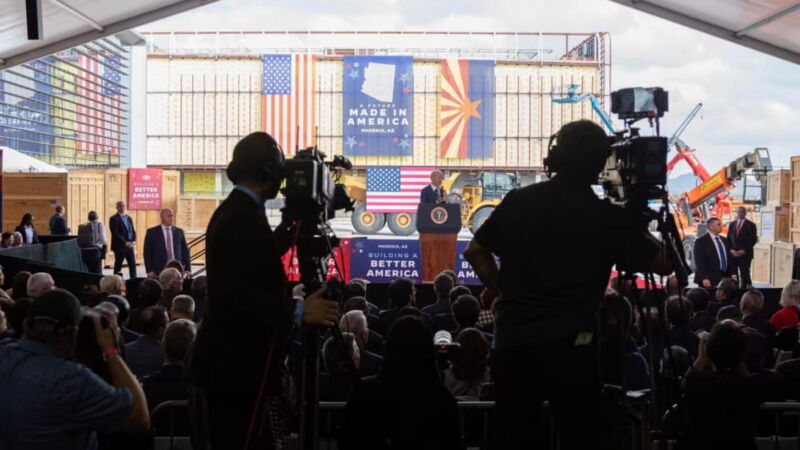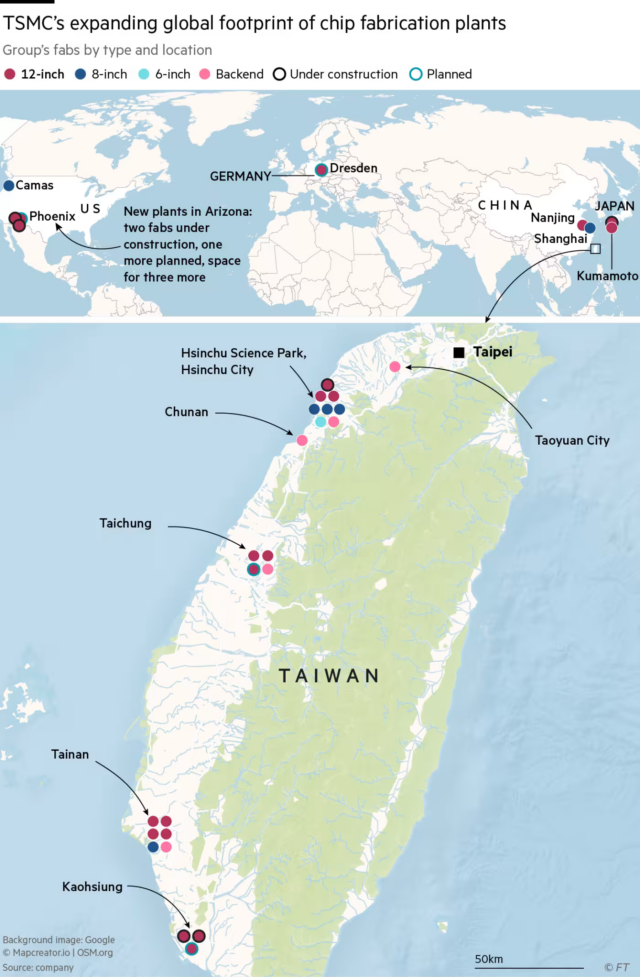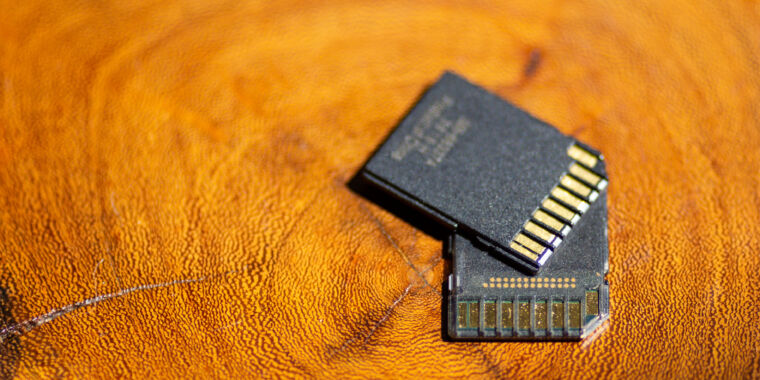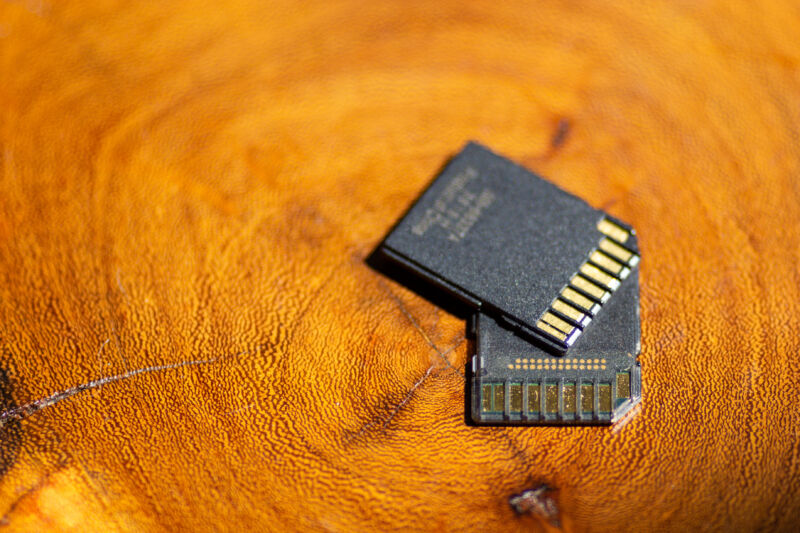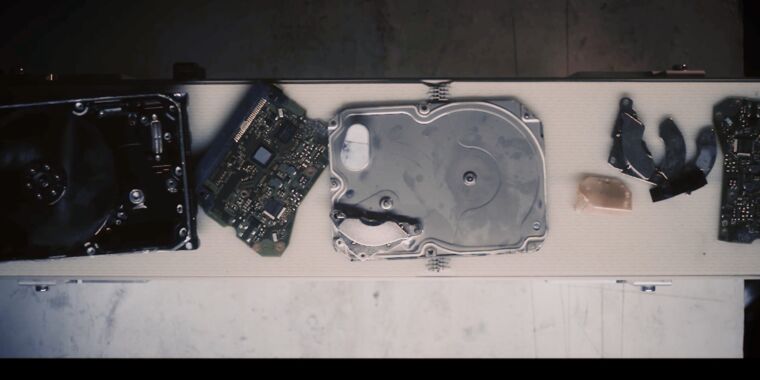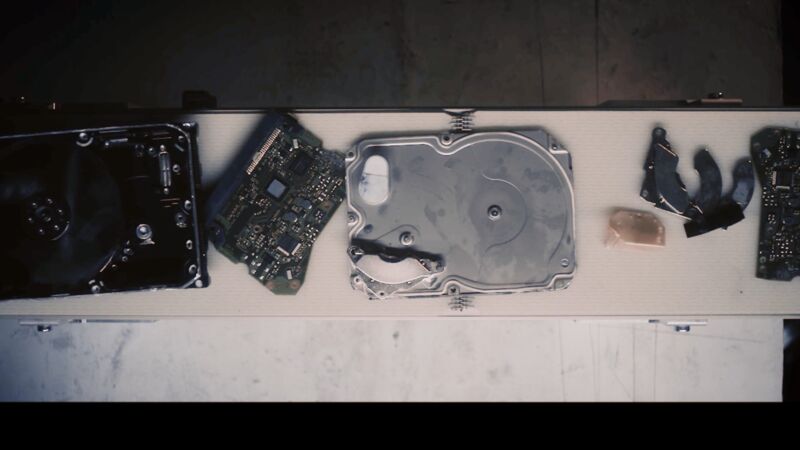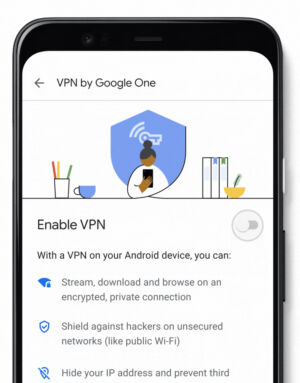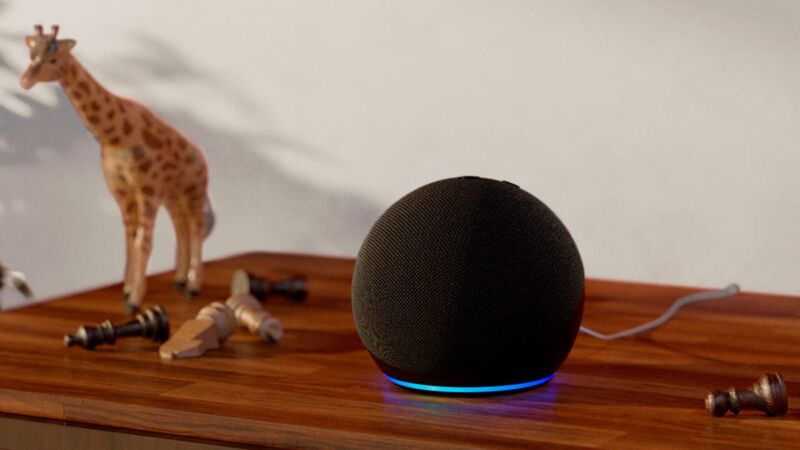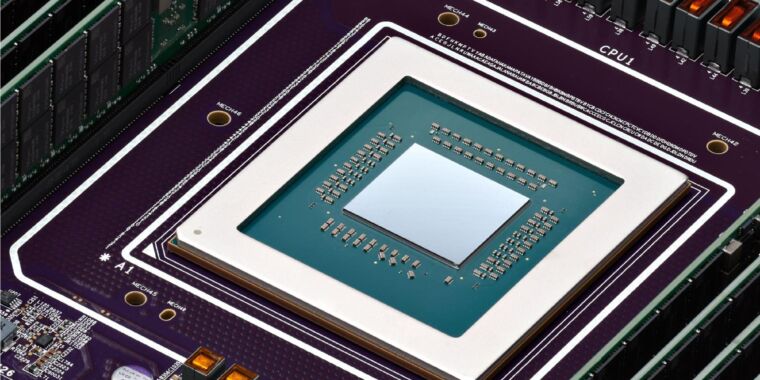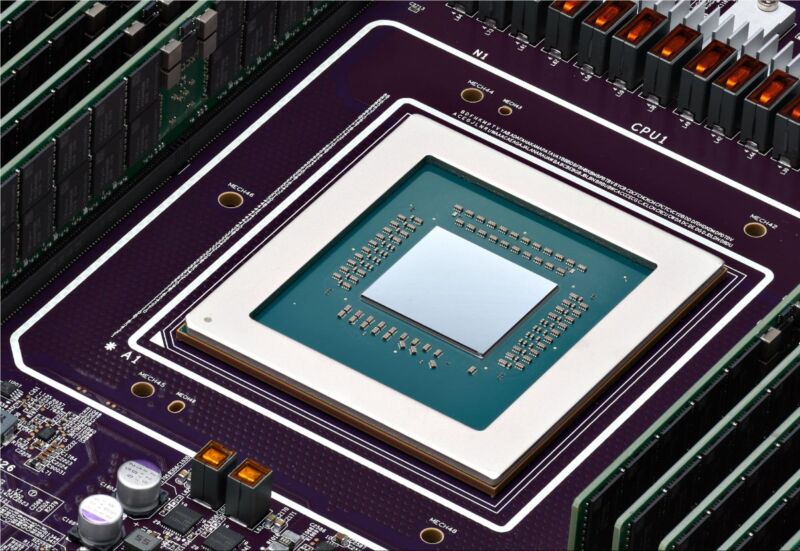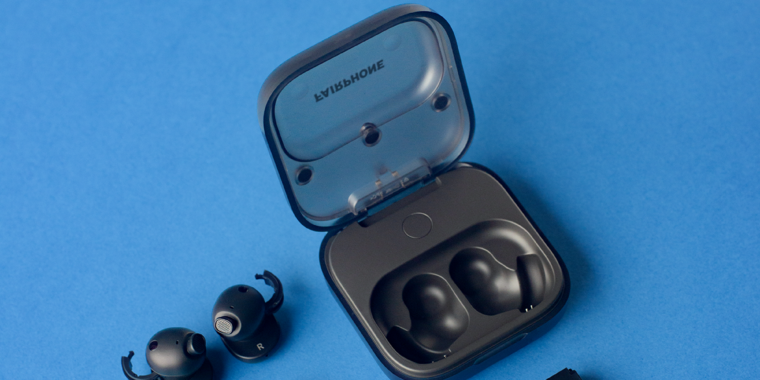The Pixel 9 reportedly gears up for satellite SOS support
Android’s testbed, for better or worse —
No one wants to build an Android satellite phone, so Google is going to do it.

Enlarge / The smaller Pixel 9, with three cameras?!
Google has been doing a lot of work in Android to support satellite-based messaging, and it sure would be nice if someone actually shipped some hardware it could use. Despite the feature launching with the iPhone 14 in 2022, Android manufacturers haven’t been super receptive to copying the idea of satellite messaging. Qualcomm and satellite company Iridium built a working solution and incorporated it into Qualcomm’s Snapdragon chips, only for zero Android manufacturers to support the feature, leading to the dissolution of the partnership. If Google wants an Android satellite SMS phone to play with, it seems like it will need to build the device itself.
Reliable leaker Kamila Wojciechowska over at Android Authority says Google is working on doing just that. It looks like the Pixel 9 will be getting emergency satellite SOS. Since the Pixel 6, Pixel phones have been the rare devices that don’t use Qualcomm modems. Google partners with Samsung and bases its Pixel Tensor chips on Samsung Exynos chips, and that means using Samsung’s (usually much maligned) modems, too. Citing a source, Wojciechowska says the Pixel 9 would use the new Exynos Modem 5400, along with its optional NTN (non-terrestrial network) capabilities, allowing the phone to be “the first to support Android’s native satellite implementation.” The initial service provider would be T-Mobile (just like the good old days).
The move would make sense. The whole original point of the Nexus/Pixel line was to give Google something to build Android on. By incorporating the latest hardware features into the next Pixel, Android gets a target to program for and test on. Otherwise, we’d have a chicken-and-egg problem where no one makes the hardware because there’s no software support, and no one makes software because there’s no hardware to program for. Google just does it all at once.
As for who would be powering T-Mobile’s satellite network, the company has a high-profile partnership with SpaceX, but those are LTE towers in space and work on regular devices with no special software (the recent demo was on a regular set of iPhones). The whole point of Android’s satellite implementation is dealing with traditional satellite problems like aiming at a far-away satellite, compressing the message a ton to actually make it to the satellite, and dealing with an unreliable connection. That’s not really relevant to the SpaceX partnership since that is trying to be a next-generation solution of “regular LTE in space,” designed around the world’s largest rocket and satellite network.
We’re just speculating here, but a better target for a “current-generation” system would be Skylo, which resells service from traditional satellite companies like Viasat and Inmarsat, so it would need all that aiming and unreliable connection software. In a wild coincidence, Skylo already has a press release out saying it has certified the Samsung Exynos Modem 5400 for use on its network. Skylo already has a relationship with T-Mobile, and the company powered the Motorola Satellite Link hotspot.
The Pixel 9 reportedly gears up for satellite SOS support Read More »

